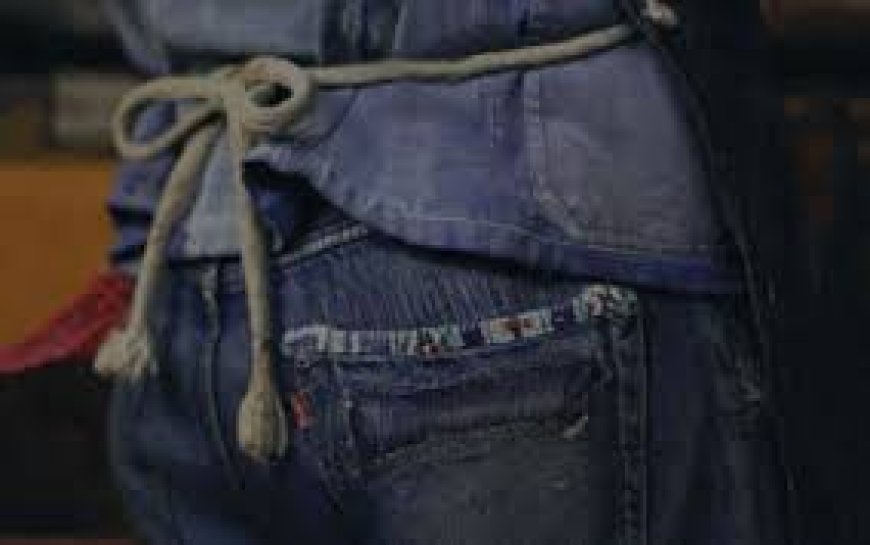What is Denim Fabric: The History & Complete Guide

Denim fabric is a cornerstone of the fashion industry, loved for its durability, versatility, and timeless appeal. This sturdy textile has evolved from its humble beginnings to become a staple in wardrobes across the globe. In this guide, we will explore the origins of denim fabric, its unique characteristics, and its various uses today.
The Origins of Denim Fabric
Denim fabric has a fascinating history that dates back to the late 17th century. The word "denim" originates from the French phrase "serge de Nîmes," referring to a sturdy fabric produced in the city of Nîmes, France. Originally made from wool, this durable textile gained popularity due to its robustness and practicality. The fabric eventually made its way to America, where it was adapted to cotton, making it even more durable and suitable for everyday wear.
Denim Fabric: The Evolution
The evolution of denim fabric is closely tied to the American Gold Rush of the mid-1800s. During this time, there was a high demand for sturdy workwear that could withstand the harsh conditions faced by miners and laborers. Levi Strauss, a German immigrant and businessman, recognized this need and, in 1873, partnered with tailor Jacob Davis to create denim pants reinforced with metal rivets. This innovation led to the birth of the iconic blue jeans, marking the beginning of denim’s journey to becoming a symbol of ruggedness and practicality.
Characteristics of Denim Fabric
Denim fabric is known for its distinct characteristics, which have contributed to its lasting popularity:
-
Durability: Denim is made using a twill weave, which gives it a diagonal ribbing pattern. This structure provides the fabric with remarkable strength and durability, making it ideal for hard-wearing garments like jeans and jackets.
-
Comfort: While denim is robust, it is also comfortable to wear. Over time, it softens and conforms to the wearer’s body, making denim garments even more comfortable with age.
-
Versatility: Denim fabric is versatile and can be used to create a variety of clothing items, including jeans, skirts, jackets, and shirts. Its adaptability also extends to different washes and finishes, allowing for a wide range of styles and colors.
-
Breathability: Despite its thickness, denim fabric offers good breathability, making it suitable for both warm and cooler climates.
Modern Uses of Denim Fabric
Today, denim fabric is not just limited to workwear. It has transcended its utilitarian origins to become a fashion statement embraced by people of all ages and backgrounds. Here are some of the most common uses of denim fabric in modern fashion:
-
Jeans: The most iconic denim garment, jeans are available in countless styles, including skinny, straight-leg, bootcut, and flared. They are a wardrobe essential and can be dressed up or down for various occasions.
-
Jackets: Denim jackets are timeless pieces that add a casual edge to any outfit. They can be layered over dresses, t-shirts, or sweaters, making them a versatile addition to any wardrobe.
-
Shirts and Dresses: Denim shirts and dresses have gained popularity for their casual yet chic appeal. They can be worn alone or layered, making them suitable for different seasons and styles.
-
Accessories: Denim fabric is also used to make accessories like bags, hats, and shoes, adding a touch of denim’s classic appeal to everyday items.
Conclusion
Denim fabric has come a long way from its origins in Nîmes, France, to becoming a global fashion staple. Its durability, comfort, and versatility have ensured its place in the hearts and wardrobes of people around the world. Whether in the form of jeans, jackets, or accessories, denim fabric continues to be a timeless choice, embodying a unique blend of style and practicality. As fashion evolves, denim remains a constant, proving that it is much more than just a fabric – it is a symbol of enduring style and resilience.












